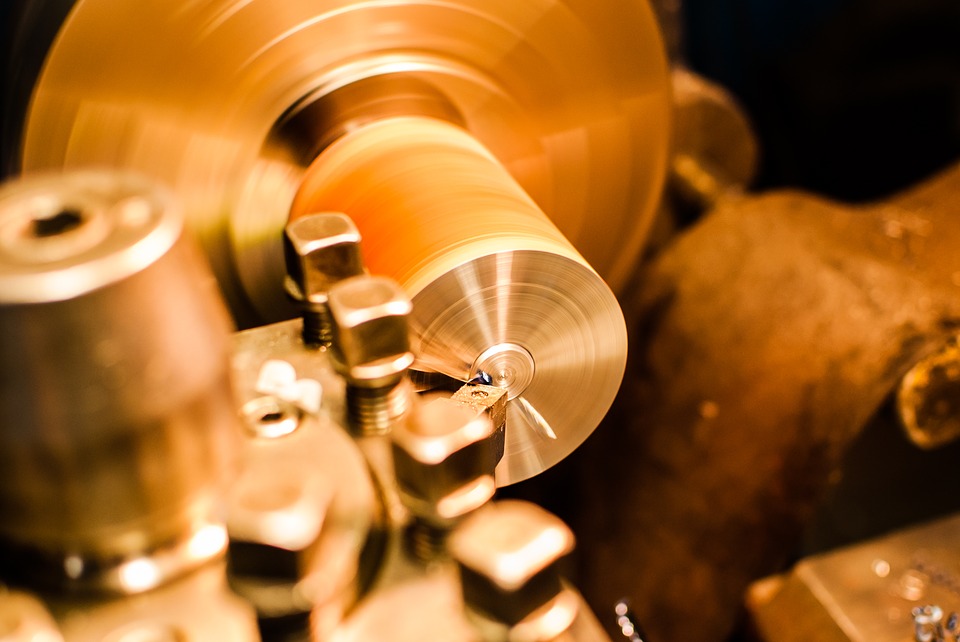
3D printing has revolutionized manufacturing and prototyping in several areas. However, can it replace modern manufacturing techniques like CNC milling and injection molding? No, but the integration of CNC machining with 3D printing can be a terrific solution. The combined technology can help you meet the schedule and the design specifications.
So, let's take a look at how integrating computer numerical control (CNC) machining with additive manufacturing (3D printing) could have better results in the manufacturing processes.
Top 5 Reasons Why You Should Combine CNC Machining and 3-D Printing
Listed below are a few reasons to consider combining CNC Machining and 3-D Printing:
1. Carry out Manufacturing Tasks In a Quick Time
Most manufacturing businesses nowadays integrate these two technologies to speed up production. Machining prototypes from CAD models is much faster than creating injection molding tools. Injection molding requires designing and producing a personalized tool for every molded piece. It can be time-consuming. This procedure results in a time-intensive procedure.
Creatives can change their product designs and concepts with fast 3D printers. Engineers create CAD and CAM files for 3D printing to appreciate both processes. The engineers use the CNC machining process to improve the part once they have the best design. It allows them to take advantage of the most practical aspects of each technology.
2. Achieve Large Cost Reduction
Manufacturing businesses often seek ways to reduce costs and gain a competitive edge. One approach is to explore alternative materials for producing components. You can use a wide range of materials with 3D printing. It also includes those incompatible with CNC machining.
A 3D printer can also mix liquid or pellet materials to create a final product. The product exhibits similar qualities and durability to a CNC milling machine. Combining these two procedures allows for cost-effective material acquisition, and the precise cutting of components using a CNC machine follows after this.
3. Achieve Better Dimensional Accuracy and Tolerance Compliance
Tolerance is a critical aspect of 3D printing technologies. People are making consistent advancements in this domain. Only CNC machining meets the tolerances and essential requirements of many end-use items, as these are quite precise and reliable. It implies that they can produce more sophisticated and accurately-dimensioned products.
Current printers can't provide the same level of precision for printing components. The printer tolerances could be as high as 0.1–0.3 millimeters. Whereas those of a CNC machine can be as low as 0.025 millimeters. Additionally, you can improve the quick prototyping capabilities of 3D printers. It involves combining the two methods in a way that makes them work together. This lets you make changes to the design of the tool until you get the results you want. The final item is then manufactured with the CNC machine. So, you can make a precise, high-quality final product in a fraction of the time. The resultant time is much lesser than what it usually takes to make prototypes.
4. Boost Your Production Rate
Integrating these technologies can increase the total production rate. Combining 3D printing with CNC machining is useful when producing several bulk-volume items. There are more precise production technologies than 3D printing, and they can be a lot quicker with CNC machining. Both these processes have their advantages and disadvantages.
Most companies nowadays use 3D printers to produce their products. Following this, they use CNC machining to manufacture the appropriate size. Some setups combine the two methods into a single step. This helps in achieving both objectives with ease. Finally, using CNC machining allows for the production of precise products. It does so in a fraction of the time it would have required otherwise.
5. Operate on Bigger Workpieces
The process of combining these two methods starts as you 3-D print a component. Then you use CNC machining to manufacture the part to get it as close to perfect as possible. Recent research is going on to combine these two technologies in one piece of equipment.
The result is comparable to hybrid milling machines used in factories. These kinds of equipment combine milling and 3D printing characteristics. They will have a bigger build volume, about 40 feet in diameter and 10 feet tall. Such hybrid machines can mill the surfaces of a new 3D-printed part while processing.
Conclusion
CNC machining and 3D printing are no longer seen as rival technologies. Instead, they rather complement one another. They serve the manufacturing industry allowing for rapid prototyping and full-fledged mass manufacturing. This would also result in cost reduction, speeding up production, and enhancing precision. So, you can count on combining CNC machining with 3D printing, as it will help you achieve efficient manufacturing objectives.
About the Author:
Peter Jacobs
Peter Jacobs is the Senior Director of Marketing at CNC Masters. He is actively involved in manufacturing processes and regularly contributes his insights to various blogs on CNC machining, 3D printing, rapid tooling, injection molding, metal casting, and manufacturing in general.
